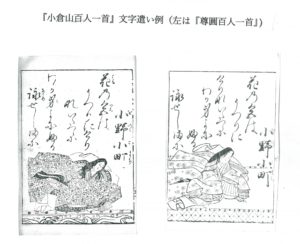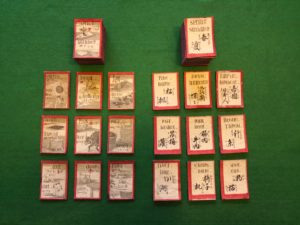5. Significance of recent discovery
The recent ‘resurrection’ of Namban Carta is of academic significance, bridging a critical gap in the traditional theory, namely the absence of historical materials attesting to its existence. The discovery effectively proves that woodblock-printed dragon cards were produced in 16th century Belgium, where the Northern Renaissance thrived on the back of unparalleled industrialisation. This is good news for researchers of playing-card history across the globe. For researchers of the history in Japan, it is an exceptional treasure, allowing us to relive the arrival of playing cards 450 years ago. The discovery will have a major impact on the study of the history of playing cards both in Japan and abroad. Indeed, it marks the true beginning of the analysis and research of Namban Carta.
For now, I am simply delighted to report the unveiling of new historical material that marks a new phase of research. New studies building on this resource are still to come. I do not know how much time is left for me to contribute to this new development, but I remain involved in the research. I feel highly privileged to have witnessed this epoch-making event.
/ /// /






